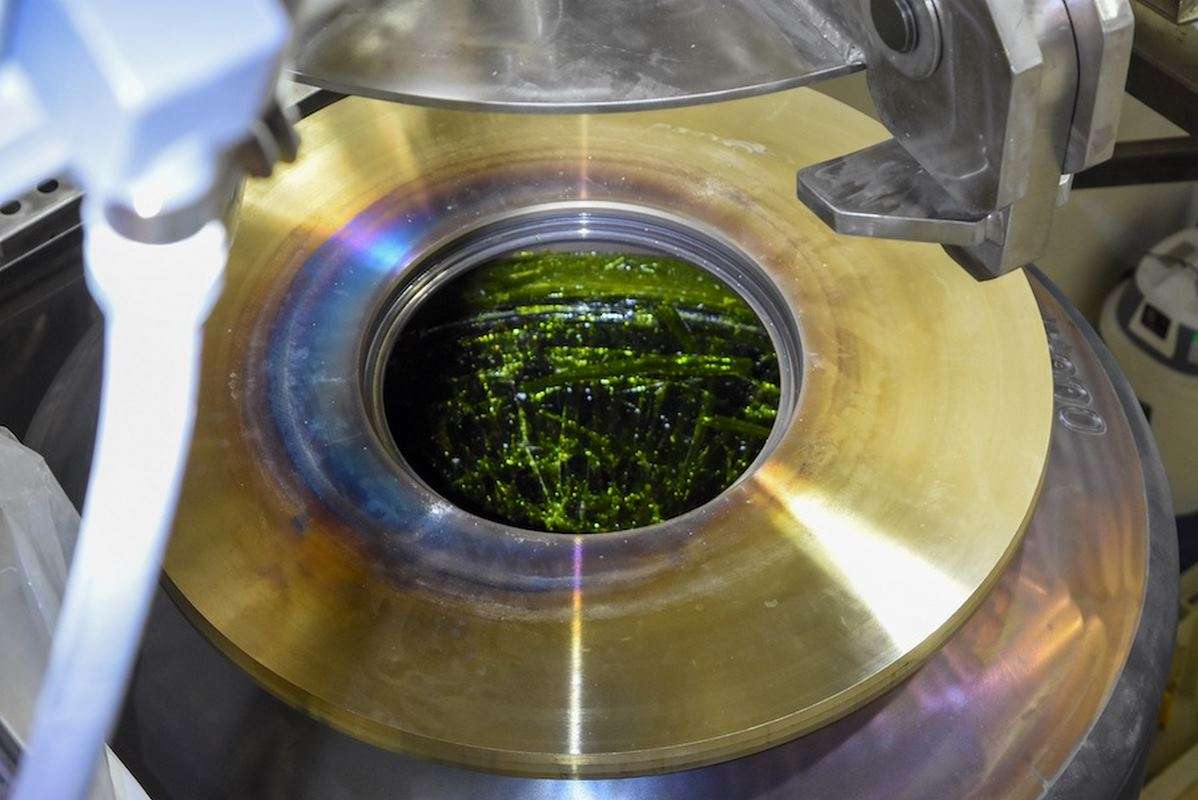Some Coral Species More Resilient to Climate Than Thought By 'Remembering' How to Survive Previous Heat Waves
Some coral species can be resilient to marine heat waves by "remembering" how they lived through previous one, reveals new research.

A public-private partnership will soon see one of the world's largest nuclear waste treatment facilities begin operations, as liquid and solid waste is turned into large bricks of non-radioactive glass.
The Hanford nuclear cleanup site in Washington state, commissioned by the Department of Energy and built by Bechtel National, takes nuclear waste and mixes it with traditional glass-forming materials at high temperatures to make solid glass that can be safely stored underground.
Some people are concerned about the environmental and human health risks of nuclear power plants, but a much greater risk yet less discussed risk over the years has come from all the plutonium produced for nuclear warheads during the Cold War.
The runaway nuclear arms race during the 1950s, 60s, and 70s produced 56 million gallons of radioactive plutonium and other materials in both solid and liquid forms from now-decommissioned warheads, a veritable hot potato that the Department of Energy has been trying to deal with for decades.
When heated to 2,100 degrees Fahrenheit at the Hanford site, radioactive waste mixes with the glass material in a molten state before being poured into stainless steel canisters where it cools to become stable and storable.
The multi-billion dollar facility recently moved ahead to build the first of its two, 300-ton melters, after a successful test saw 30,000 pounds of this vitrified glass produced.
"With this first container of glass produced, we are entering the next era of risk reduction in the Hanford environmental cleanup mission as we work towards the start of tank waste immobilization," said Brian Vance, DOE Hanford site manager, in a statement.
Of the over 100 tanks of liquid and solid radioactive plutonium waste stored underground at the Hanford site where the new facility is to be built, 20 had leaked, causing environmental harm that had to be addressed by the DoE. The first of the 300-ton melters is slated to be operational next year.
SHARE This Solution To A Horrendous Problem With Your Friends…
Be the first to comment